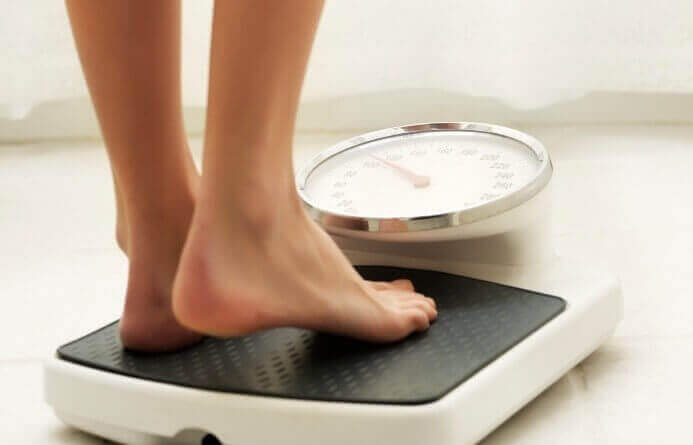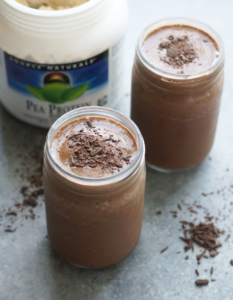In this part of the series on the impact of digestion on weight loss, the focus will be on the small intestine. If you missed the other parts, you can find them at the links below.
http://simplewellnesscoaching.com/2017/11/04/digestion-weight-loss-part-3/
http://simplewellnesscoaching.com/2017/10/25/digestion-weight-loss-part-2/
http://simplewellnesscoaching.com/2017/10/24/digestion-weight-loss/
So you’ve become relaxed and calm, you’ve chewed your food at least 30-40 times, and you’ve optimized your stomach acid. What’s next?
After your food has been digested in the stomach, it moves into the small intestine. Here is where the majority of fat digestion occurs. It begins in the stomach with an enzyme called gastric lipase and then continues in the small intestine. Another enzyme known as pancreatic lipase is released from the pancreas when stimulated by the hormone CCK. CCK is a very important hormone that is released in the small intestine when a meal contains fats and certain amino acids. It also stimulates the gall bladder to release bile acid. Both bile acid and pancreatic lipase are extremely important for fat digestion.
The production of CCK plays an important role in weight loss. First, it counteracts the hunger hormone and increases satiety. Second, studies have shown that CCK is out of balance in people who are obese.
How do you increase CCK? The first way is to chew your food at least 40 times. Yes, we have come full circle back to chewing. Completely chewing your food may activate the nervous system in your small intestine which in turn helps to stimulate the production of CCK. Studies have also shown that having whey or pea protein in the morning also stimulates the release of CCK. So drink up that protein shake for breakfast!


